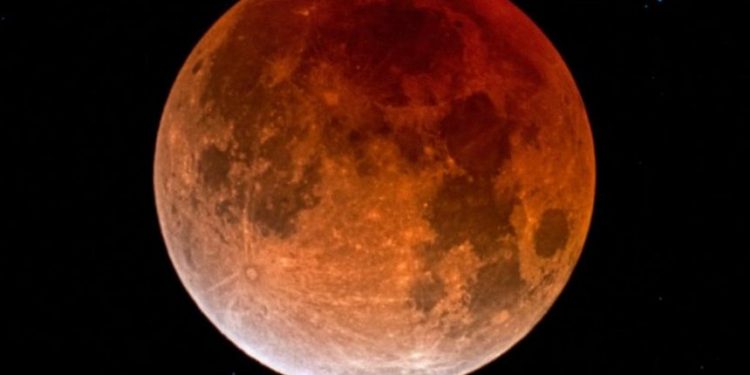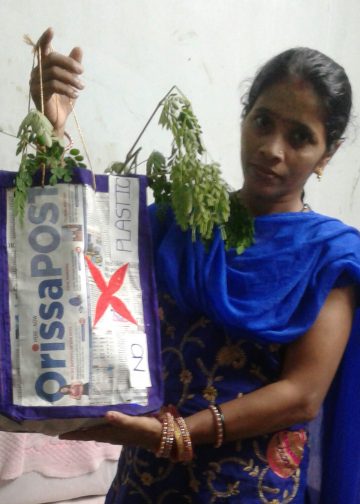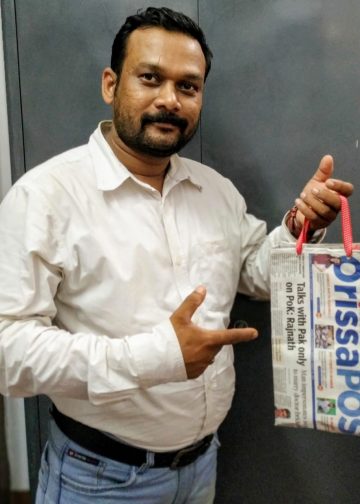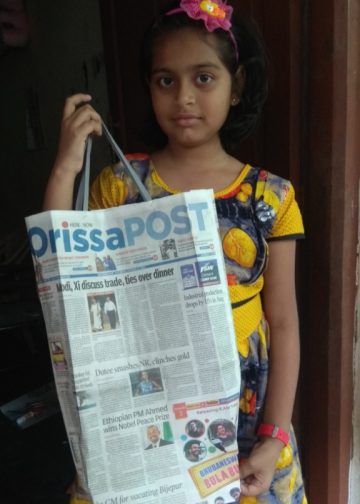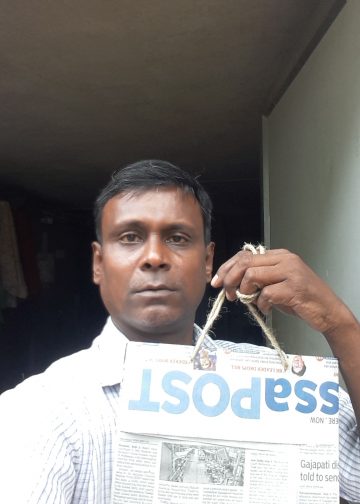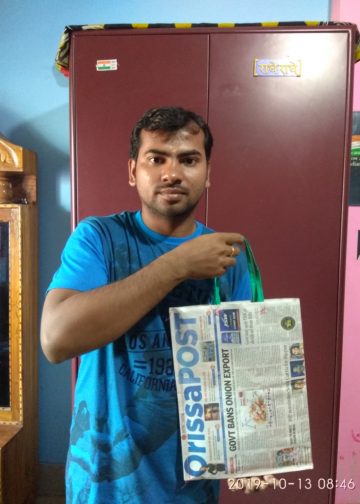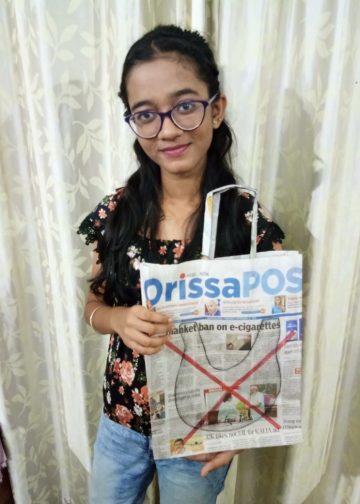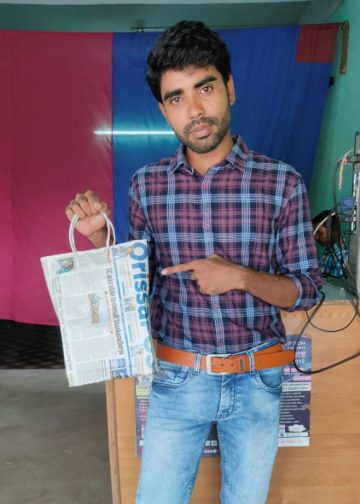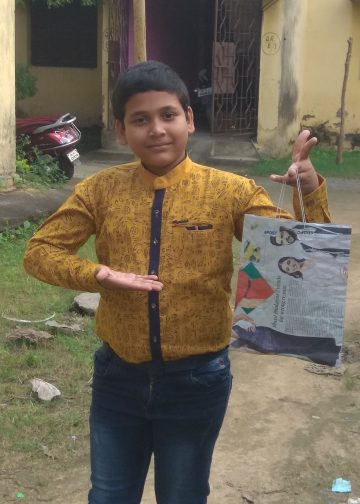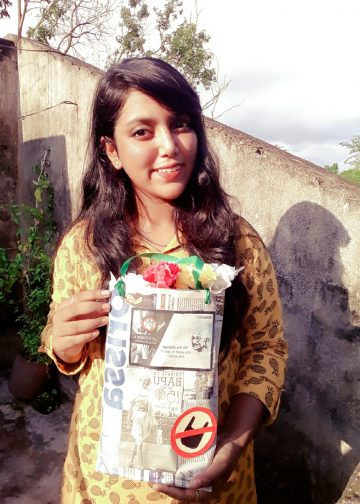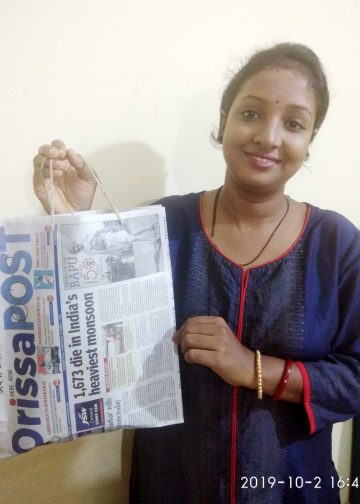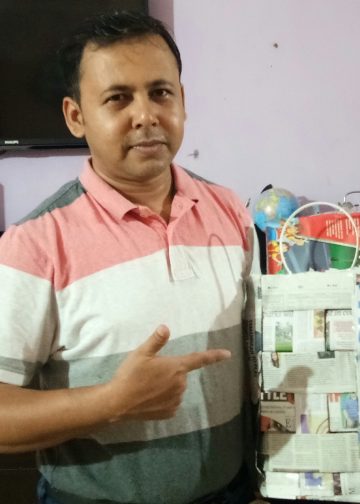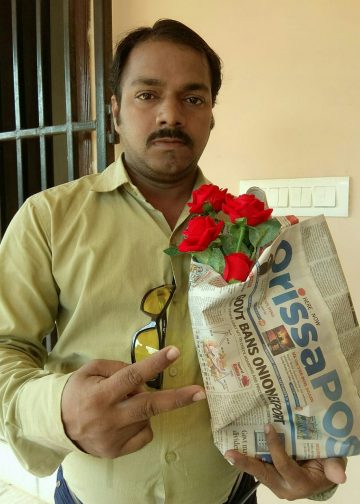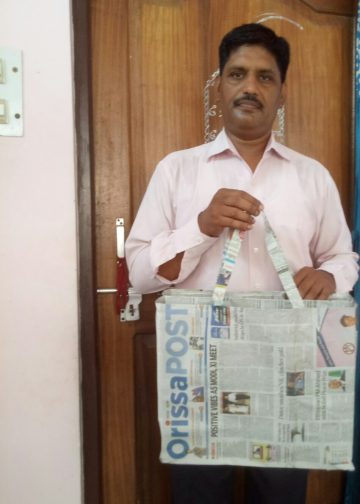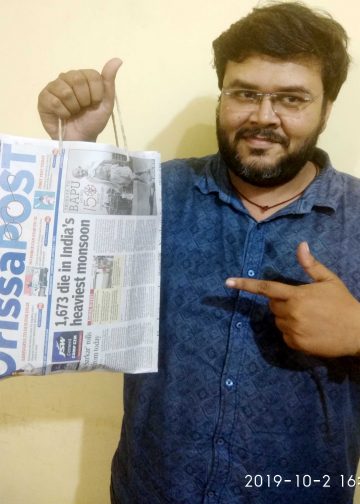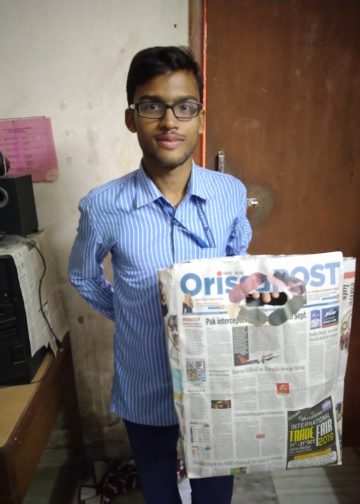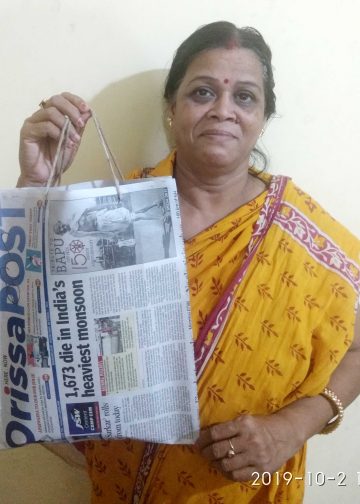Bhubaneswar: The stargazers in Odisha are excited over the longest total lunar eclipse of the 21st century Friday. It will be visible by the naked eye in most places of the state.
Meanwhile, cooking and intake of food as well as all the rituals at the Jagannath Temple in Puri will be suspended from 2.54 pm Friday, just nine hours before the beginning of the eclipse.
However, children, elderly persons and patients are exempted from the restriction in having food during eclipse.
As per Hindu almanac, the rituals in the Srimandir will resume with holy bath of the idols after total eclipse. People can take food after a shower and purifying their houses with holy water after completion of the lunar eclipse.
As the total lunar eclipse will conclude in the wee hours, the holy bath of the deities can be conducted before or after sunrise Saturday.
The longest lunar eclipse of the century will start Friday from 10.44 pm (IST) when the moon will enter the penumbra – a faint shadow cast by earth on the moon, and the eclipse will continue well past midnight. The moon will come out of penumbra on the following day – Saturday – at 04.58 am.
The partial eclipse, which will be visible to the naked eye, will start at 11.54 pm when moon starts entering the umbra – a dark shadow which will slowly move on the surface of moon till it is totally covered at 1.00 am marking the beginning of total lunar eclipse. Total eclipse will last for a very long period – 2 hours 43 minutes between 1.01 am and 02.43 am, July 28. The shadow will start receding from the surface of moon after 2.43 am and moon will completely come out of umbra at 3.50 am. However, the eclipse will end at 4.58 am when the moon exits the penumbra.
During the total eclipse, the moon will appear dim and blood-red in colour provided the sky is clear of clouds.

